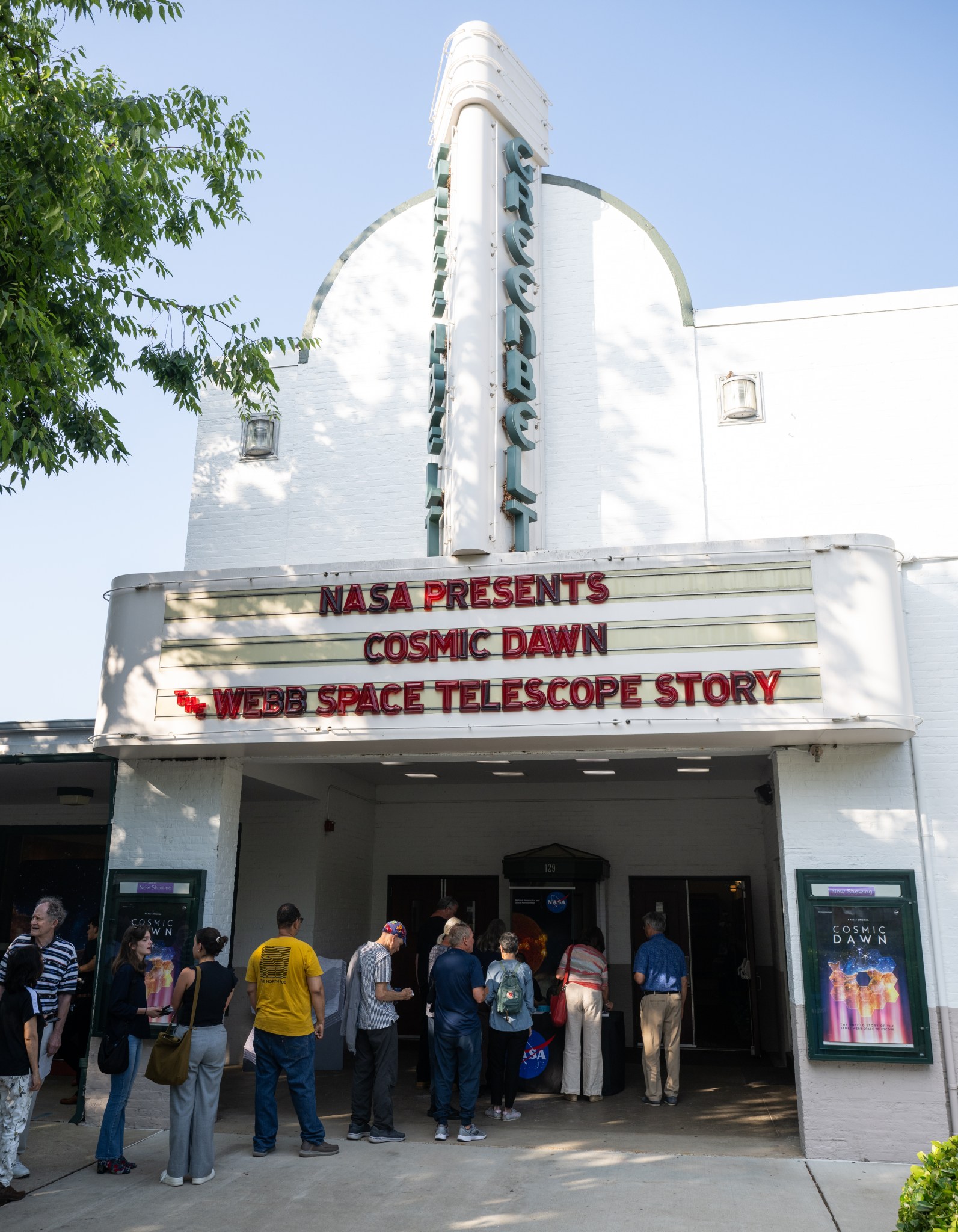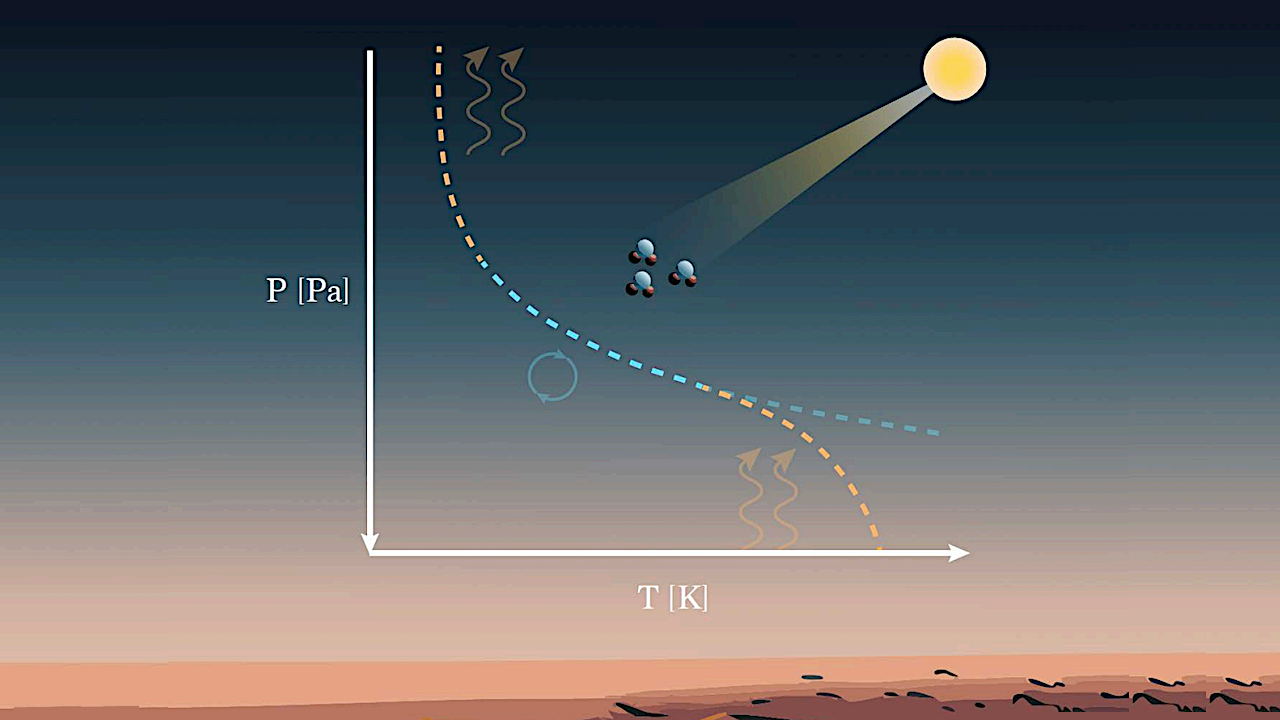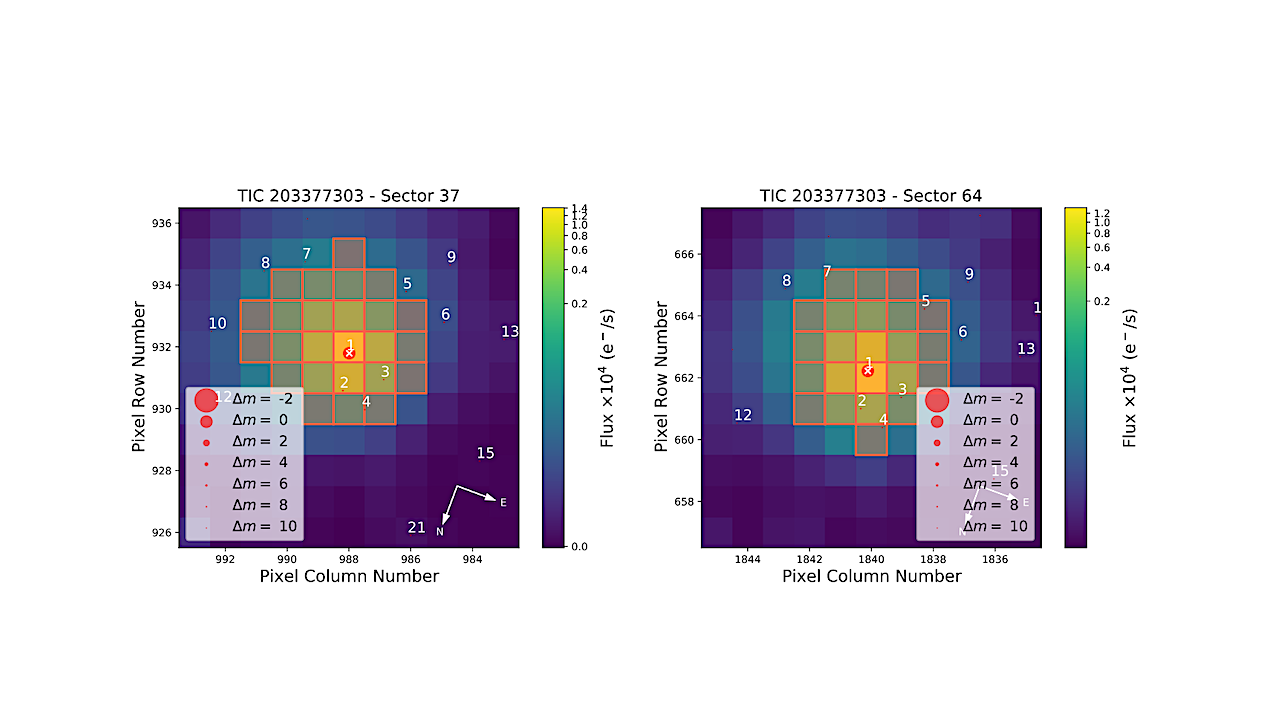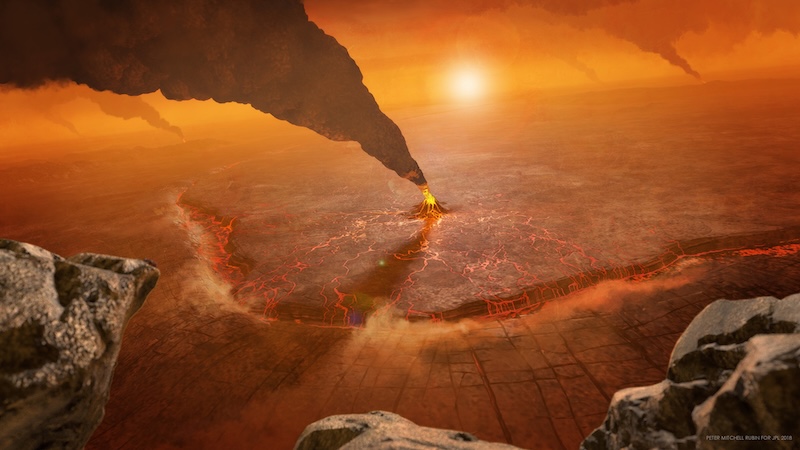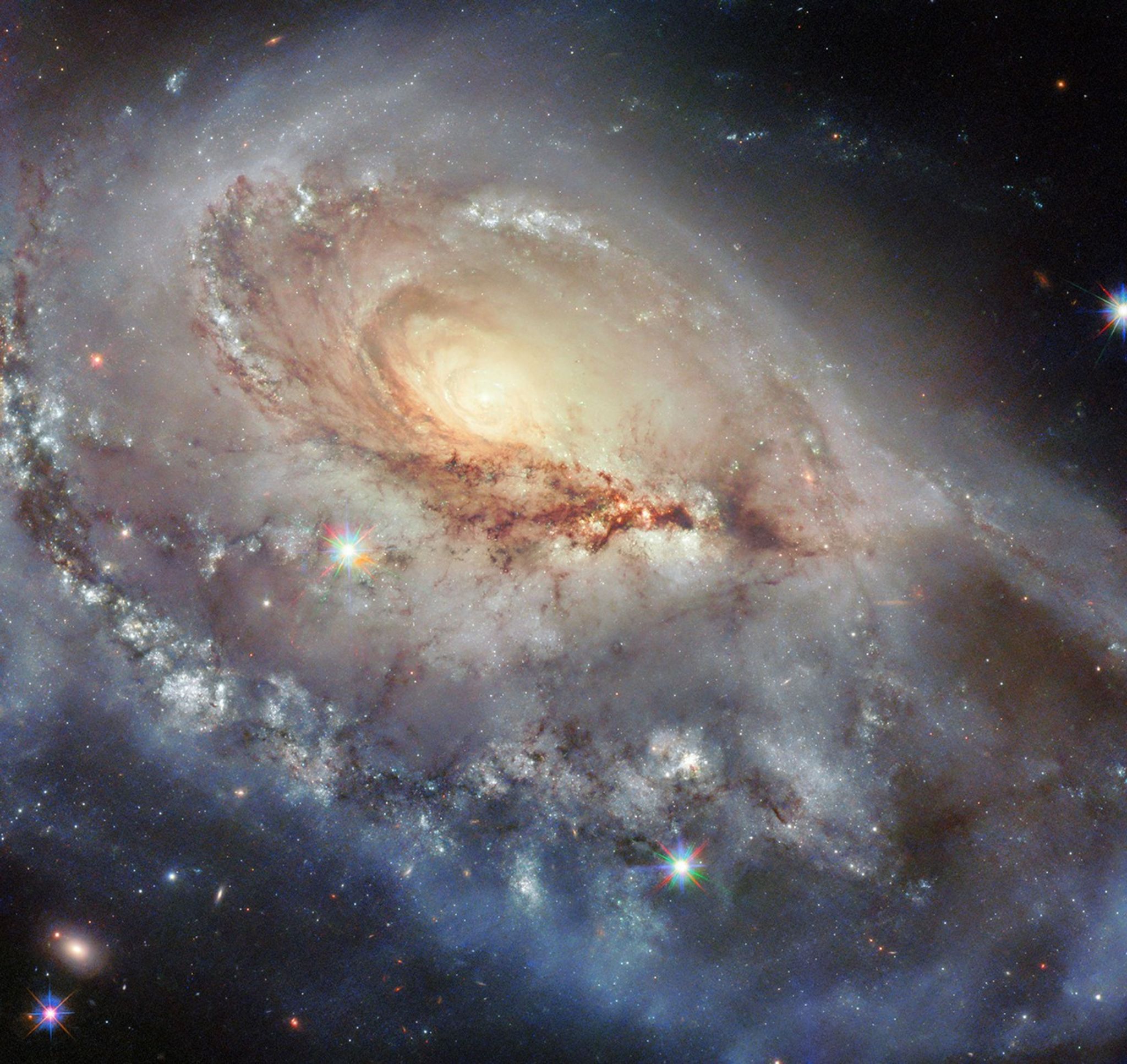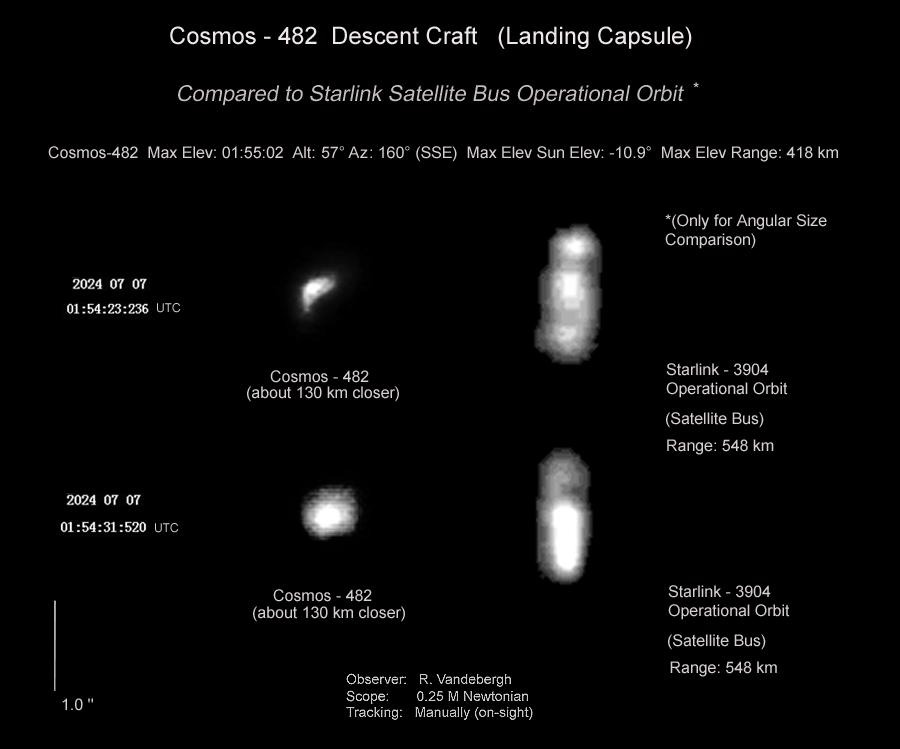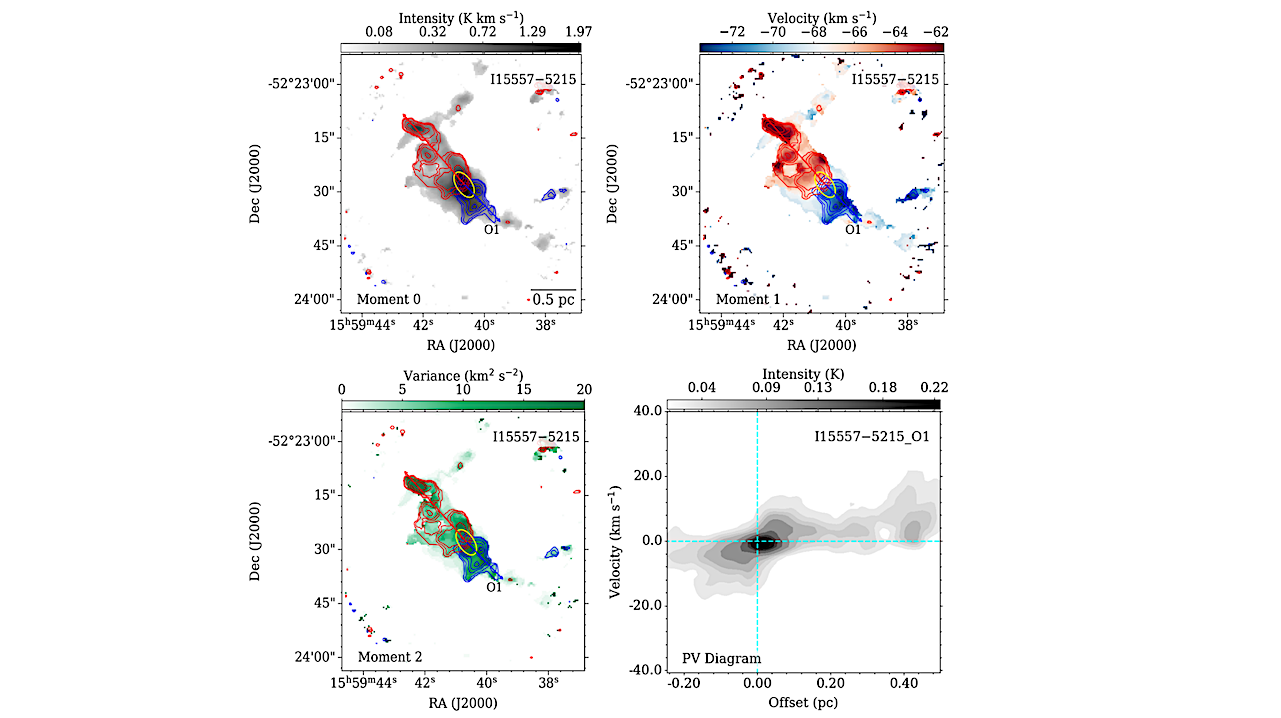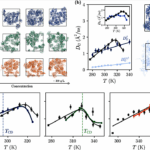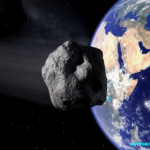Attendees line up to enter the theater for a screening of the new NASA+ documentary “Cosmic Dawn: The Untold Story of the James Webb Space Telescope,” Wednesday, June 11, 2025,
Hot Posts192- Page
The recent fall to Earth of a failed Soviet Venus probe from the 1970s has become a detective story of sorts. Different computer models were used to predict the reentry.
Schematic depiction of an atmospheric temperature profile (dotted line) showing convective regions (blue) and radiative regions (orange). The profile illustrates a detached convective region in the middle atmosphere, separated from
Target pixel files of TOI-3493 in TESS sectors 37 (left) and 64 (right). The electron counts are color-coded. The red-bordered pixels are used in the simple aperture photometry. TOI-3493 is
View larger. | Artist’s illustration of Quetzalpetlatl Corona, one of hundreds of coronae (volcano-tectonic features) on Venus. Scientists think coronae are locations where plumes of hot, buoyant material from the
This NASA/ESA Hubble Space Telescope image features a peculiar spiral galaxy called Arp 184 or NGC 1961. ESA/Hubble & NASA, J. Dalcanton, R. J. Foley (UC Santa Cruz), C. Kilpatrick
Interstellar Comet 3I/ATLAS — ESA / Las Cumbres Observatory Astronomers from ESA’s Near-Earth Object Coordination Centre (NEOCC), part of the Agency’s Planetary Defence Office, made these observations of the newly
That soon-to-reenter Cosmos 482 is getting increased attention by satellite trackers – and new imagery provides some interesting details. The former Soviet Union’s Cosmos 482 was lofted back in 1972.
4 Min Read NASA Expands SPHEREx Science Return Through Commercial Partnership A sectional rendering of NASA's SPHEREx (Spectro-Photometer for the History of the Universe, Epoch of Reionization and Ices Explorer).
Example of a bipolar outflow in IRAS 15557-5215 region. The top panels show the moment-0 map (left) and moment-1 map (right) of HC3N line. The outflow axis is represented by
-
 012024 in Review: Highlights from NASA in Silicon Valley
012024 in Review: Highlights from NASA in Silicon Valley -
 02Panasonic Leica Summilux DG 15mm f/1.7 ASPH review
02Panasonic Leica Summilux DG 15mm f/1.7 ASPH review -
 03From Polymerization-Enabled Folding and Assembly to Chemical Evolution: Key Processes for Emergence of Functional Polymers in the Origin of Life
03From Polymerization-Enabled Folding and Assembly to Chemical Evolution: Key Processes for Emergence of Functional Polymers in the Origin of Life -
 04How New NASA, India Earth Satellite NISAR Will See Earth
04How New NASA, India Earth Satellite NISAR Will See Earth -
 05And Thus Begins A New Year For Life On Earth
05And Thus Begins A New Year For Life On Earth -
 06Astronomy Activation Ambassadors: A New Era
06Astronomy Activation Ambassadors: A New Era -
07SpaceX launch surge helps set new global launch record in 2024


